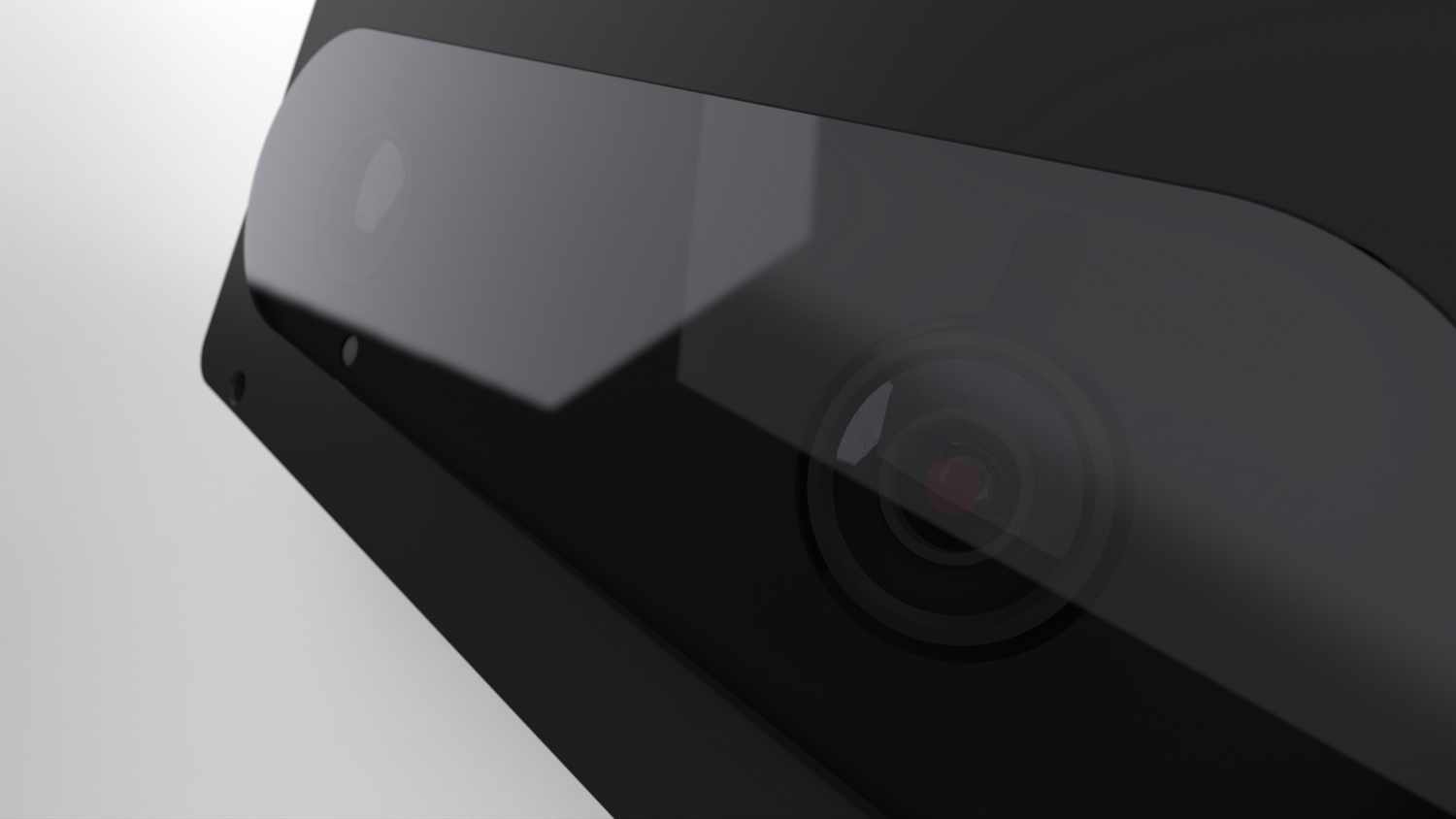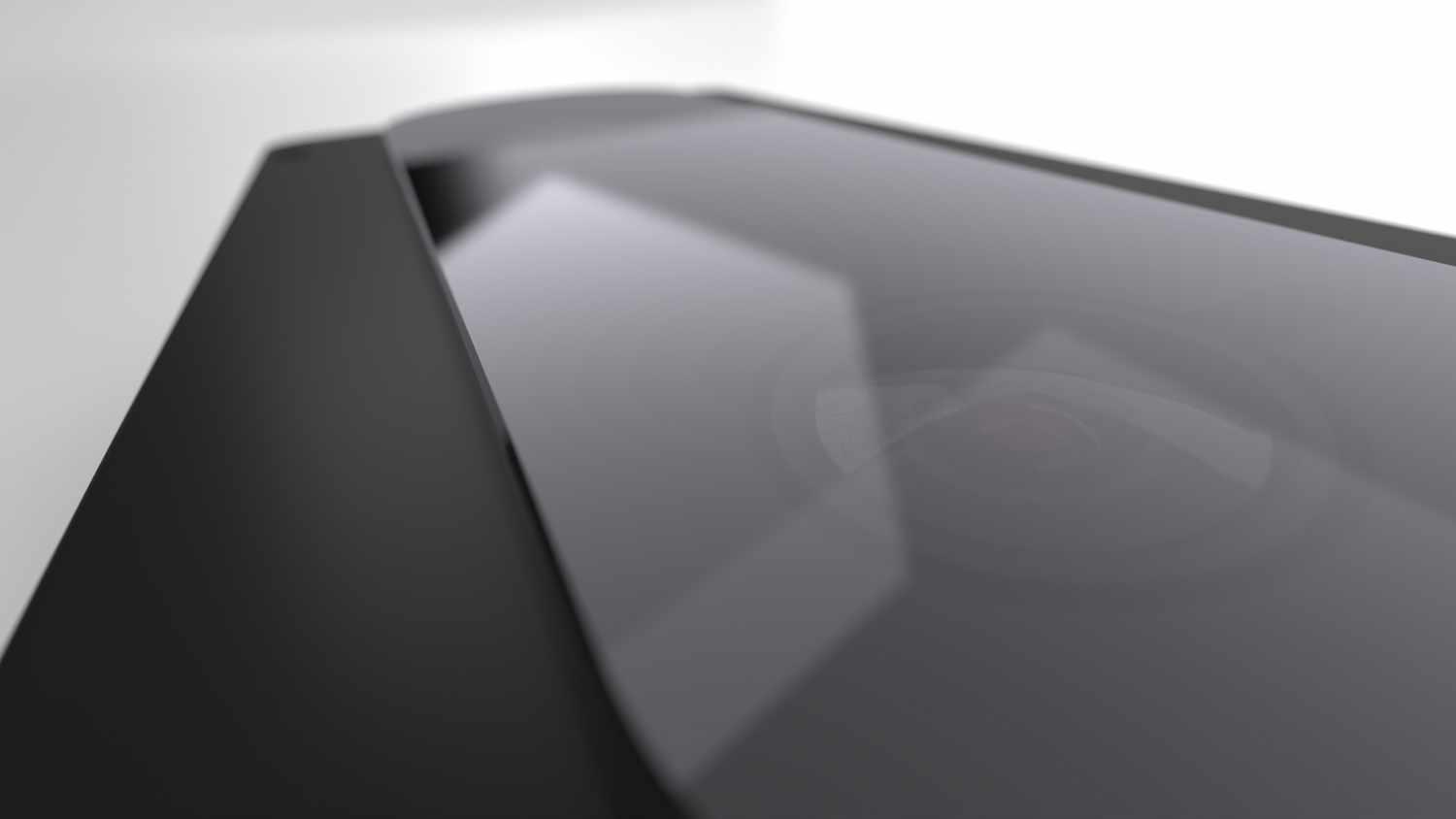PCT1 sensor
The PCT1 sensor is dedicated for the use in public transportation vehicles and supports AI extensions like object detection.
- 1
For use on public transportation vehicles
The PCT1 passenger counting sensor offers all the connectivity required by an IoT device that uses information technology in public transportation. It can be installed in trains, lightrail, trams, metros, buses or even gondolas. Interoperability specifications ITxPT and VDV-301, and many other IT protocols are standard on all PCT sensors, ensuring seamless integration and easy connection into any IT infrastructure
- 2

Robust design on wheels
The PCT1 sensor is robust to electromagnetical fields. It is designed to withstand severe disturbances such as vibration, jostling impact and a wide temperature range. The sensor complies with the following device regulations:
EN50155 "Railway applications - Rolling stock - Electronic equipment"
EN45545-2 "Railway applications - Fire protection on railway vehicles"
UN/ECE R10 "Electromagnetic compatibility of vehicles" - 3

Wide door coverage
The extended detection algorithm on the PCT1 sensor permits precise counting and tracking of crowded door situations. Despite a low sensor mounting height, the sensor can cover a large door area. Depending on the vehicle, one sensor can simultaneously cover several doors, and coach or class transitions.
- 4

Artificial intelligence extensions
The PCT1 sensor is equipped with artificial intelligence (AI) and is based on edge computing technology, which processes data directly. From detecting bicycles, prams/stroller or wheelchairs, to differentiating between adult and child passengers, gather the automatic passenger counts and statistics you need.